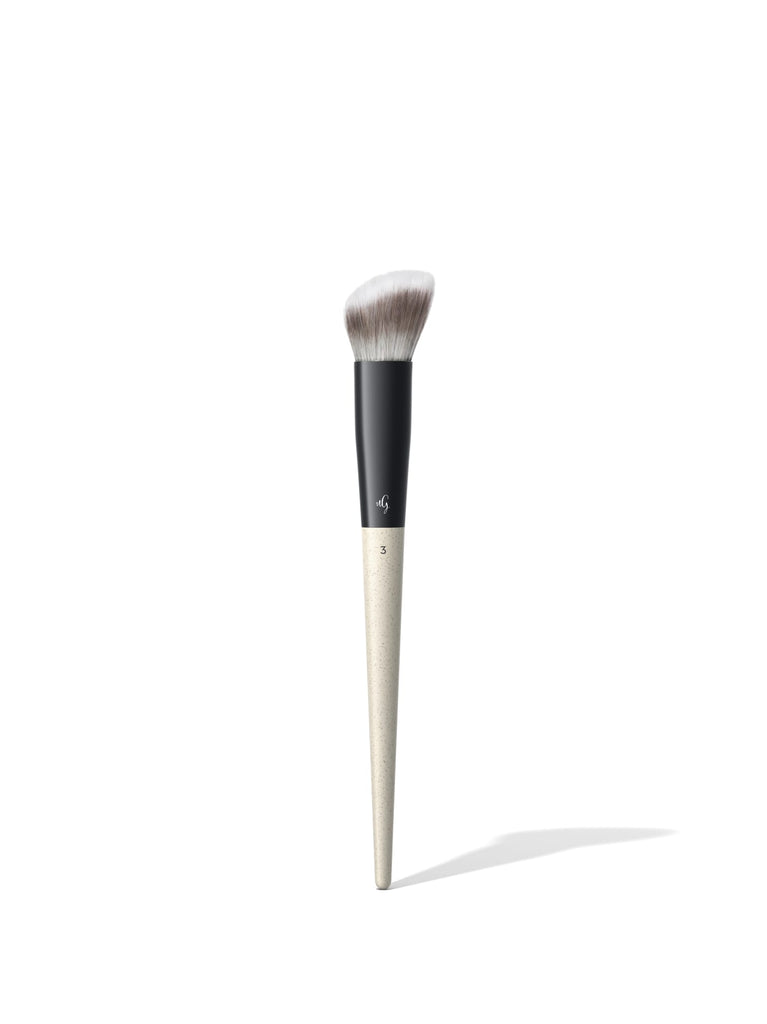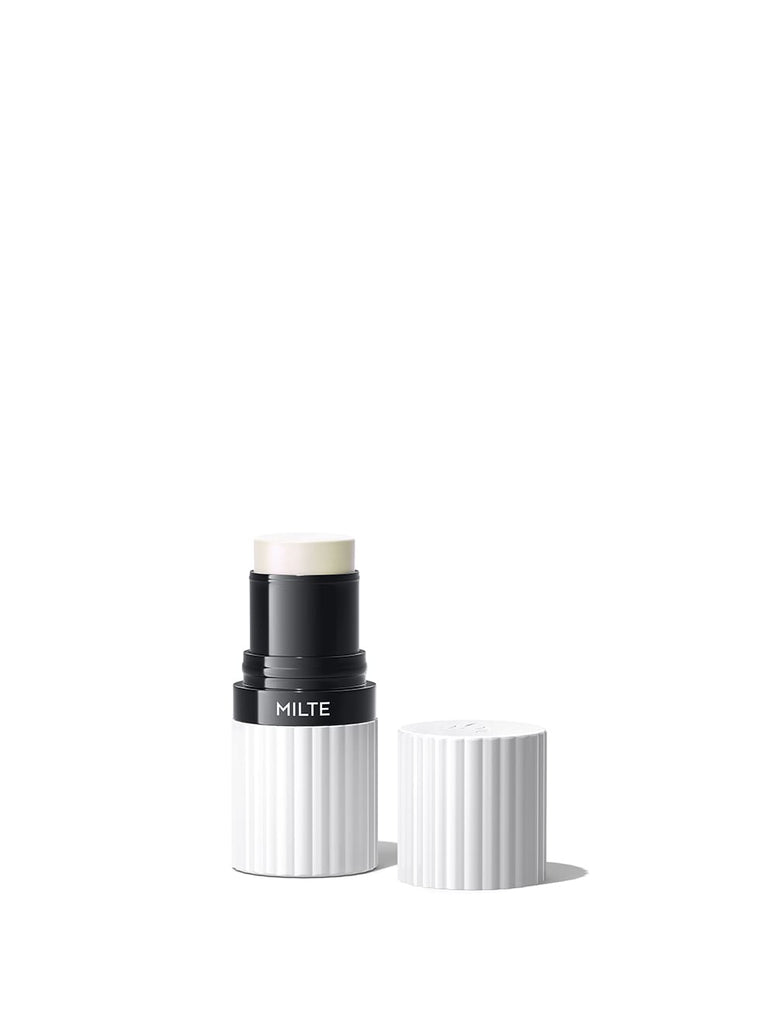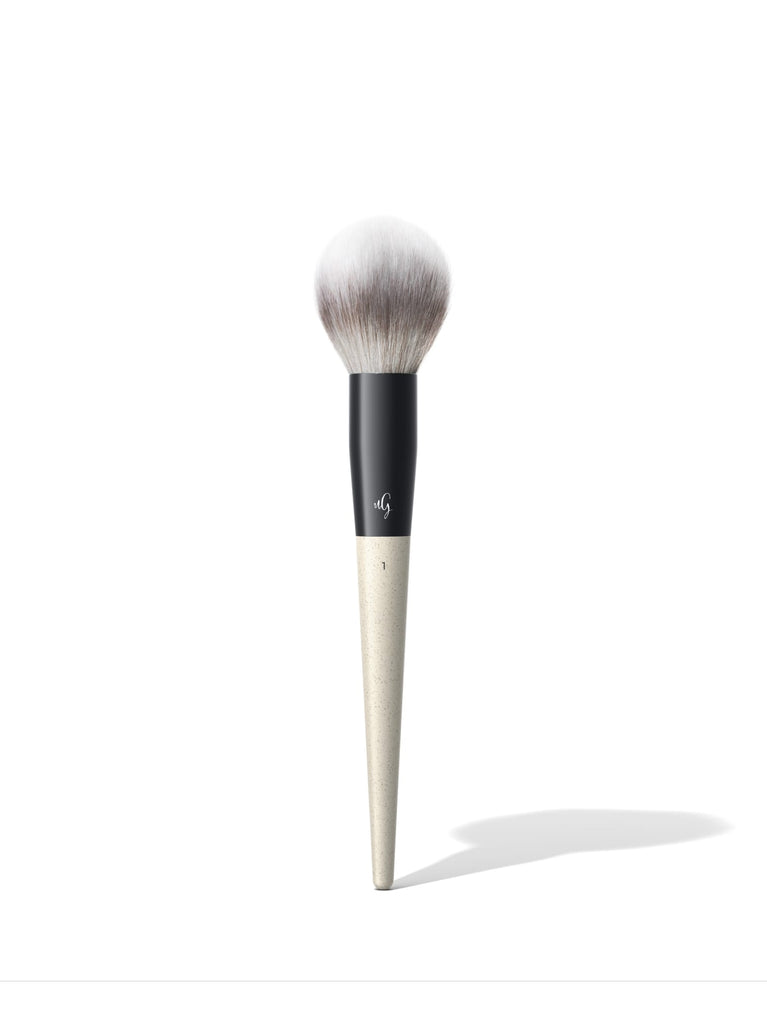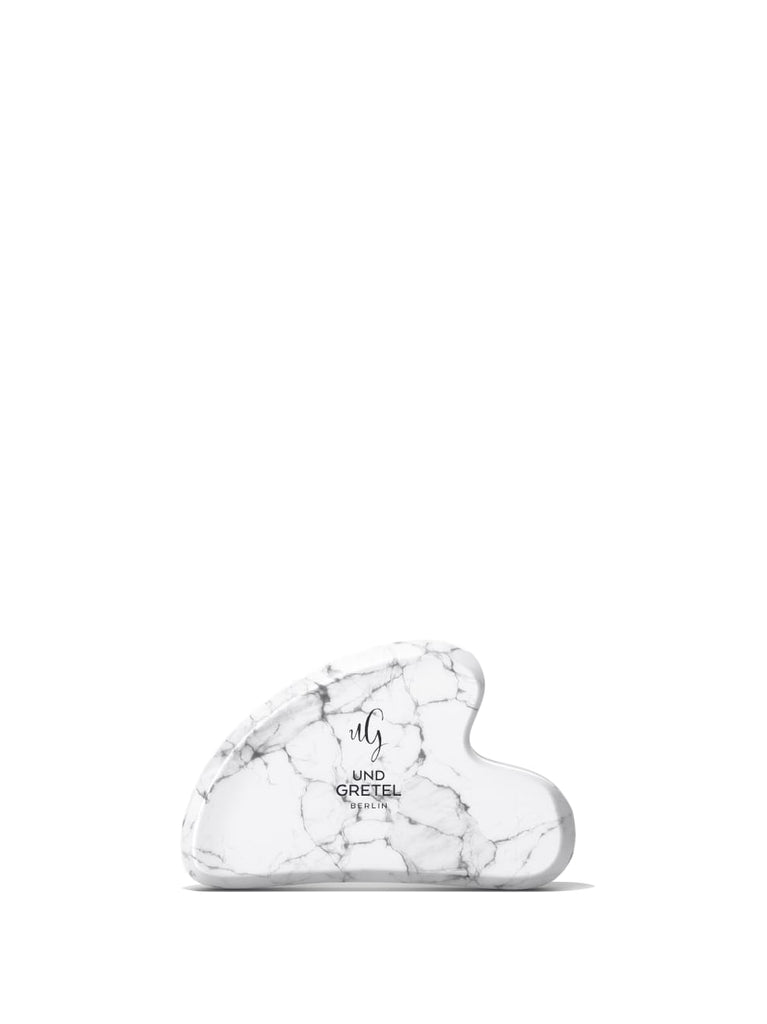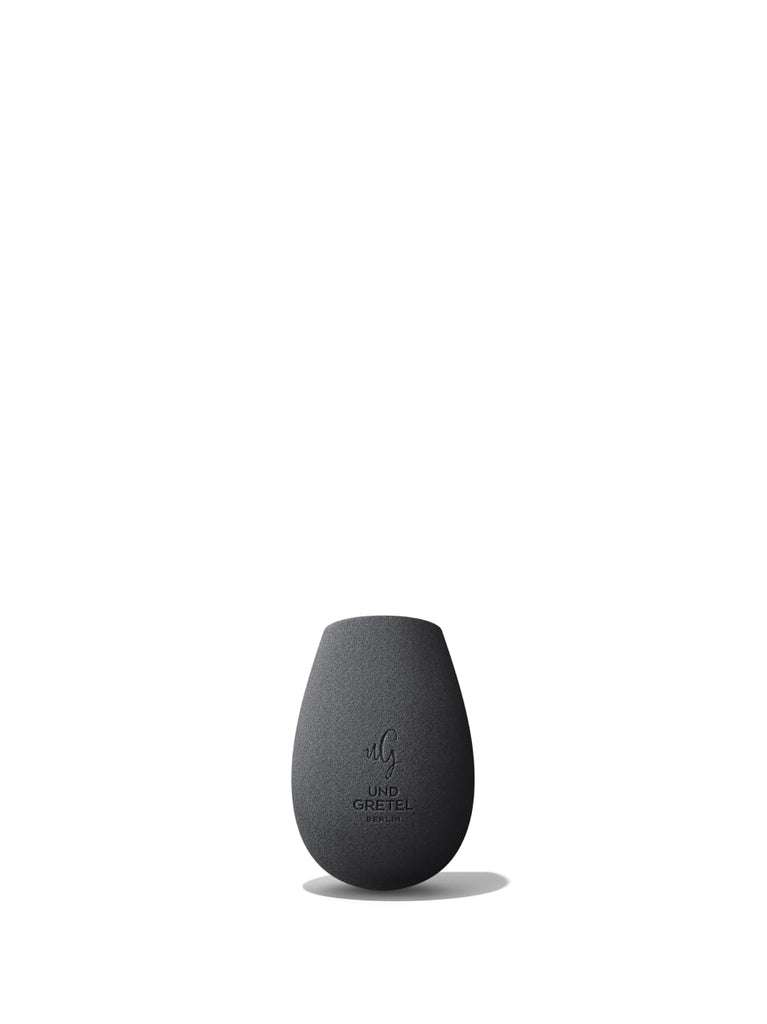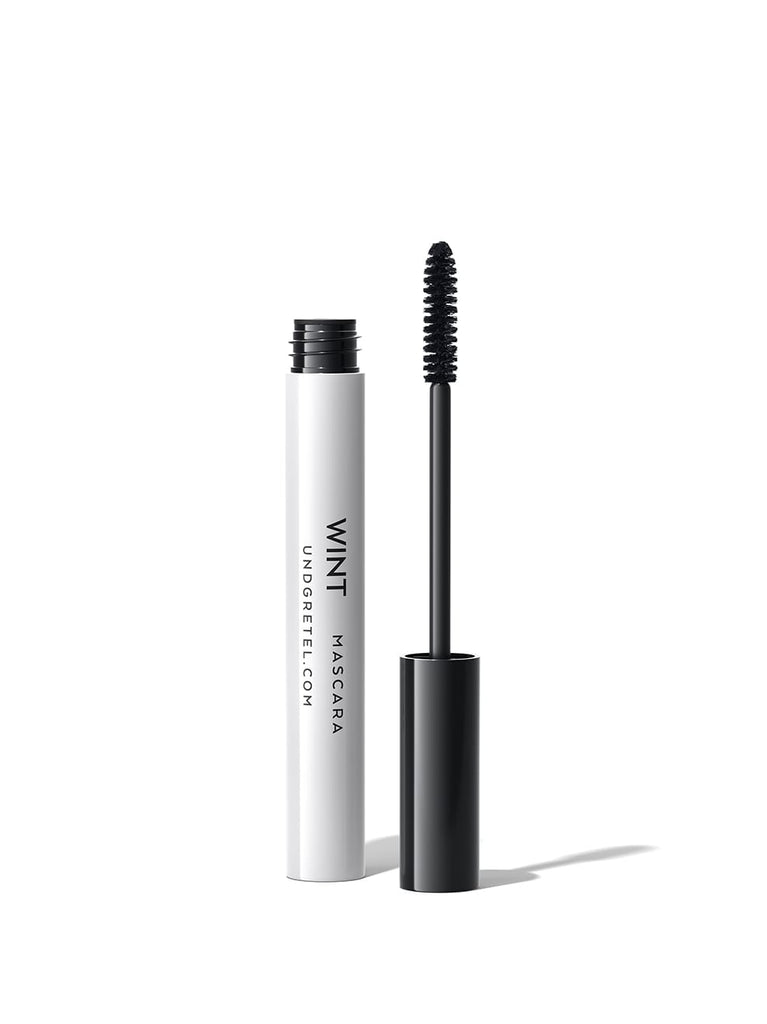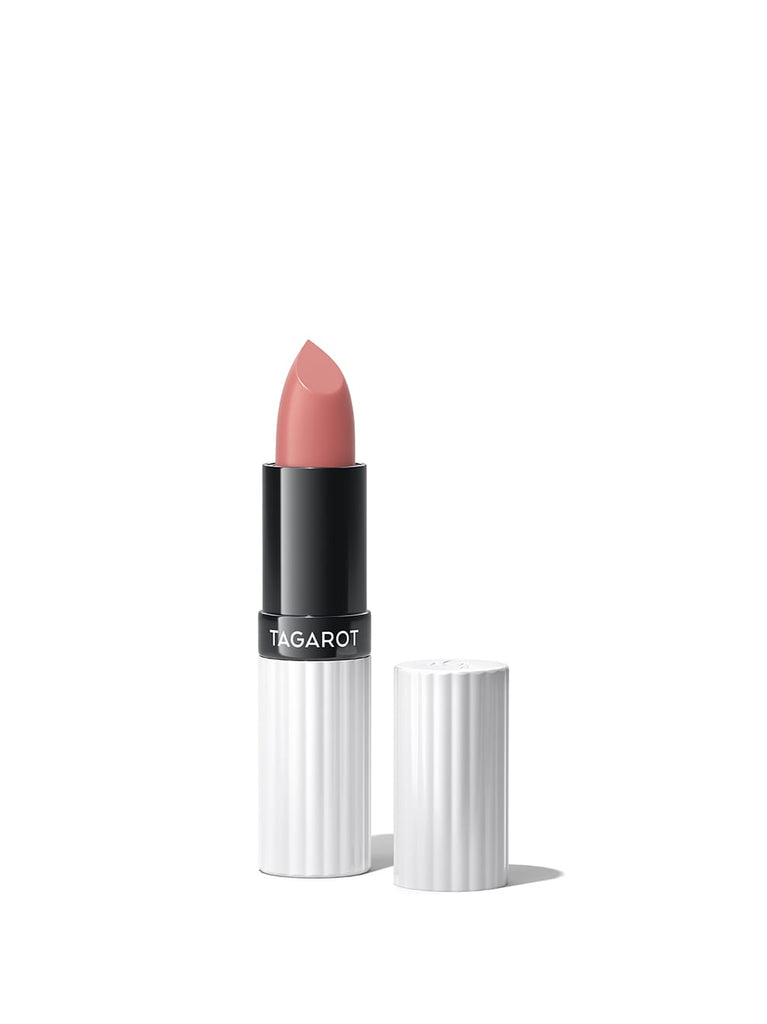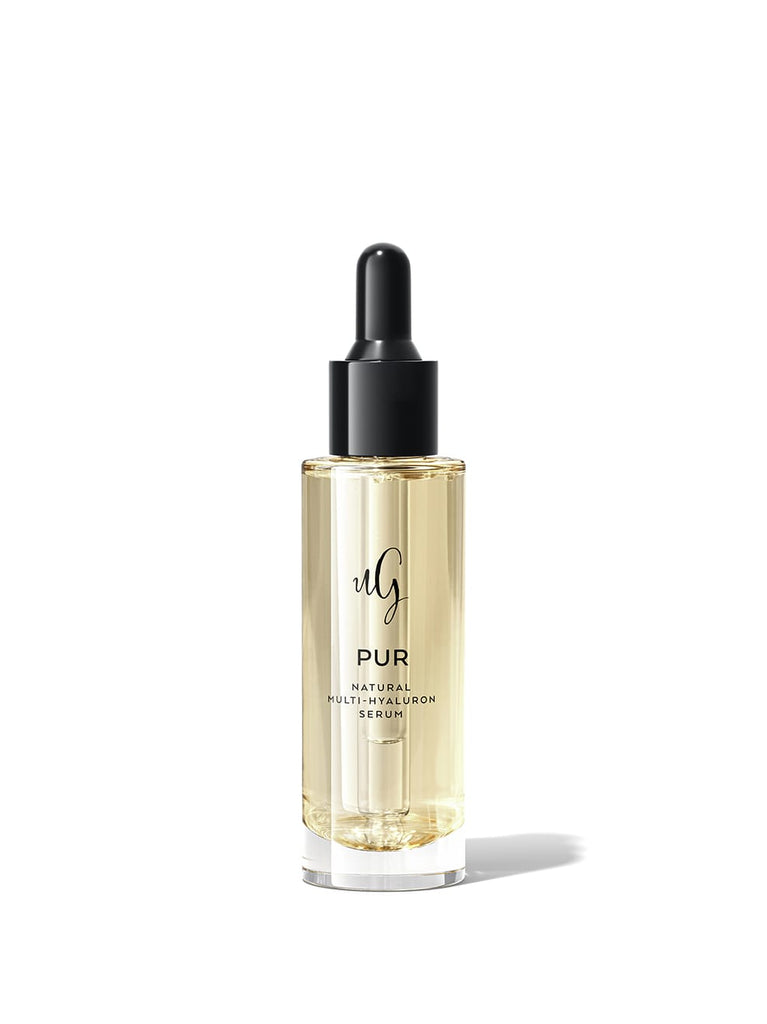A NEW AGE OF
MULTISTICKS
NEW IN

CELEBRATING
IMBE MULTI-SHADOW
NEW TOOL COLLECTION

ALL EYES ON
CREAM TEXTURES
NATURKOSMETIK BESTSELLER
NEXT LEVEL CLEAN BEAUTY
UND GRETEL vereint maximale Naturkosmetik-Zertifizierung mit professioneller Performance. Alle Produkte entsprechen den höchsten internationalen Standards.
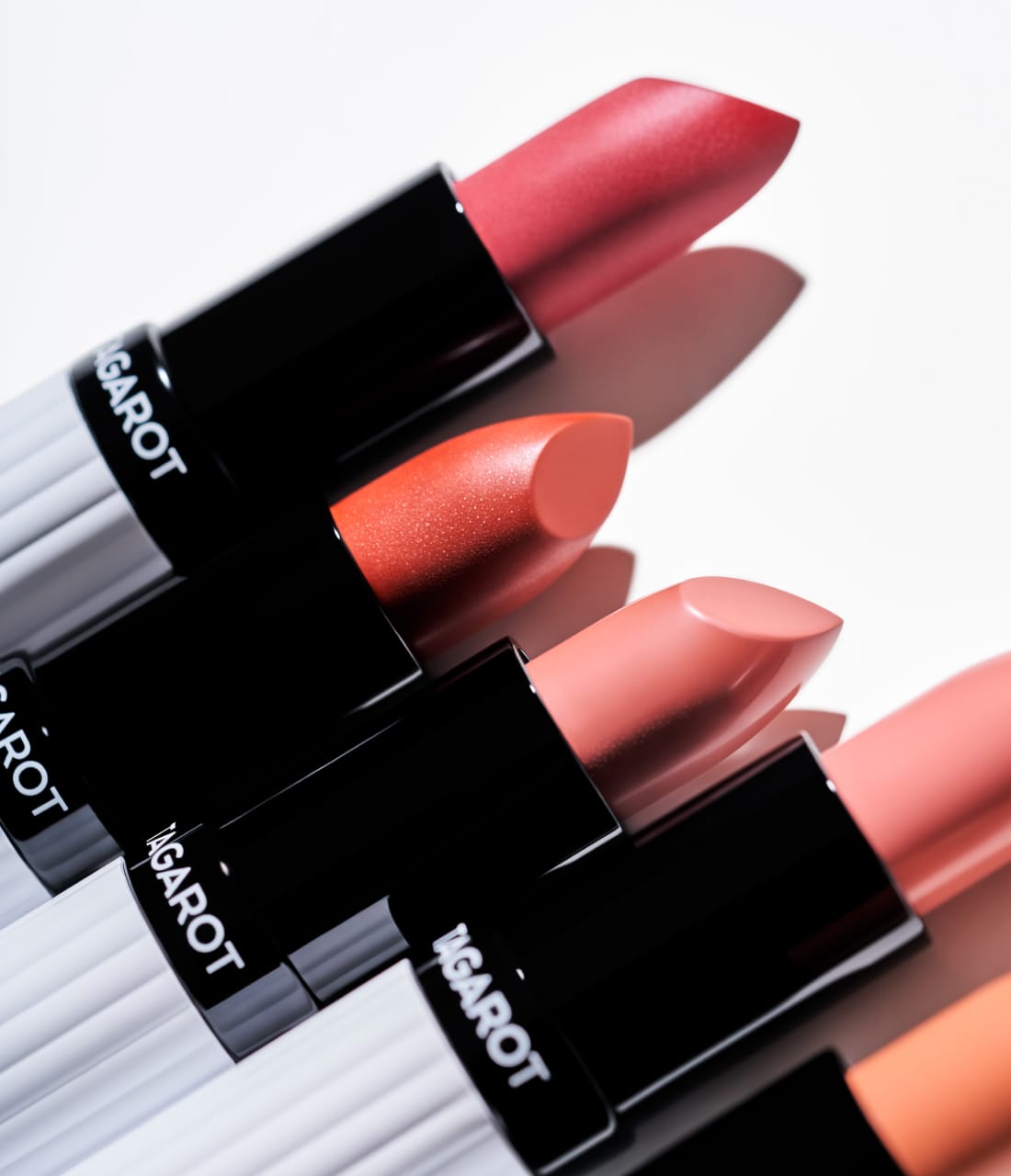
Naturkosmetik-Produkte mit Performance-Plus
Naturkosmetik und Make up – das ließ sich lange Zeit nicht ideal vereinbaren. Entweder natürliche Inhaltsstoffe. Oder Performance. Dann kam UND GRETEL. Die Berliner Beauty Brand hat es sich 2015 zur Aufgabe gemacht, Color Cosmetic so zu revolutionieren, dass die Haut nur mit hochwertigen Inhaltsstoffen in Berührung kommt. Zusätzlich war es von Anfang an wichtig, dass die HD-tauglichen Make-up-Produkte lange haften und für eine professionelle Nutzung geeignet sind. Ihre Kosmetik ist stets so komponiert, dass auf jede Haut in jedem Alter nur das Beste kommt. Die hochwertige Naturkosmetik von UND GRETEL ist seither ein Begriff für nachhaltige Color Cosmetics mit coolen urban vibes. Sie steht für Hautgesundheit, starken Ausdruck und ausgesuchte Inhaltsstoffe. UND GRETEL entwickelt deshalb schon seit ihrer Gründung ein revolutionär anderes Naturkosmetik-Make-up. Die Farben und Texturen der Berliner Marke sind nicht nur gut zur Haut und zu den Looks, sondern schonen und schützen außerdem die Umwelt.
Denn Nachhaltigkeit in der Produktherstellung, natürliche Inhaltsstoffe und verlässliche Zertifizierungen werden immer wichtiger – und sind wesentliche Argumente für aus der Natur heraus entwickelte Kosmetik. Nicht nur bei Pflegeprodukten für Gesicht und Körper setzen immer mehr Menschen auf natürliche Substanzen, sondern auch beim Makeup: Schönheit soll nach Möglichkeit durch hautgesunde Stylings unterstrichen werden. Wer hochwertige Color Cosmetics und Skincare wünscht, die nachhaltig produziert wird, maximale Zertifizierung besitzt, die skin-loving ist und höchsten Performance-Ansprüchen genügt – der ist im Naturkosmetik-Online-Shop von UND GRETEL an der absolut richtigen Adresse.
Beste Inhaltsstoffe für Naturkosmetik… von Make up bis Skincare
Den Status als Beauty-Trend hat Naturkosmetik längst hinter sich als. Vielmehr ist sie längst Ausdruck eines grundsätzlich gestiegenen Anspruchs: hin zu einem bewussteren Lebensstil und nachhaltigem Konsum. Auch deshalb enthält Make up von UND GRETEL keine synthetischen oder hautungesunden Inhaltsstoffe, sondern basiert ausschließlich auf natürlichen Substanzen. Ihre Verwendung erschafft also nicht nur beautiful faces, sondern kann dazu beitragen, Irritationen zu reduzieren und das natürliche Gleichgewicht der Haut zu erhalten.
Längst bietet UND GRETEL eine umfassende Palette an hochwertiger Naturkosmetik online an, deren Produkte sich dank der besonderen „Mix & Matching“-Eigenschaft aller Pigmente völlig individuellen Bedürfnissen und Styling-Ideen anpassen lassen. Rundum bietet UND GRETEL eine gesunde und nachhaltige Alternative zum konventionellen Beauty-Markt. Wenn die farbstarke Color Cosmetics Looks und Stylings zaubert, schonen natürliche Inhaltsstoffe stets die Haut und die Umwelt. Dabei ist es für UND GRETEL selbstverständlich, bei der Komposition jedes Make ups neben Performance auch Pflege- und Hautschutz-Eigenschaften zu integrieren.
Naturkosmetik online? Dann bitte maximale Transparenz!
Von Beginn an hat es sich UND GRETEL zur Aufgabe gemacht, dass ihre revolutionäre Kosmetik höchste Zertifizierungs-Standards in Bezug auf nachhaltige Naturkosmetik erfüllt. Wer auf die Inhaltsstoffe achten möchte, ist hier immer auf der ganz sicheren Seite. UND GRETEL-Produkte tragen stets die maximalen Naturkosmetik-Siegel. Sie garantieren, dass alle Produkte frei von schädlichen Inhaltsstoffen sind und nachhaltig produziert werden. Mit Siegeln wie BDIH, COSMOS Standard und COSMOS Organic stellt die Berliner Brand sicher, dass UND GRETEL strengsten Richtlinien für Naturkosmetik entspricht.
Neben Qualität und Nachhaltigkeit legt UND GRETEL großen Wert auf Transparenz, unter anderem in Sachen Inhaltsstoffe: Wenn ausdrucksstarke und lang deckende Pigmente auf Pflanzenbasis, natürliche Pflanzenextrakte, ätherische Öle und biologisch angebaute Kräuter verwendet werden, ist zu jedem Produkt ausführlich aufgelistet, welche Substanzen und Eigenschaften im Spiel sind. Indem sie für UND GRETEL als einer der ersten Marken auf sorgfältige Produktentwicklung, umweltfreundliche Verpackungen, recycelbare Materialien und ressourcenschonende Verfahren gesetzt hatten, haben die Berliner Gründerinnen die Kosmetikbranche revolutioniert. Die Performance ihrer hochpigmentierten Make-up-Naturkosmetik stand dabei immer gleichwertig im Fokus. Mit nachhaltiger Naturkosmetik als maximal zertifiziertes Make up in HD-Qualität sowie seit 2022 mit ausgesuchter Skincare, mit einem nachhaltigen Ressourcen-Management sowie durch die Unterstützung von Projekten zum Umweltschutz engagiert sich UND GRETEL aktiv für eine bessere Welt.
Naturkosmetik jenseits von Stereotypen
Im Gegensatz zu konventionellem Make-up, das oft schädliche Substanzen enthält, bietet UND GRETEL in jeder Produktkategorie die hautgesündere Alternative. Ob ikonische TAGAROT-Lippenstifte, geschmeidige IMBE-Lidschatten oder die Bestseller-Mascara WINT: UND GRETEL ermöglicht für jeden Look ein makelloses Styling, ohne jemals die Haut zu belasten. Wo immer möglich, entwickelt UND GRETEL auch vegane Naturkosmetik. Und ob mit oder ohne Vegan-Siegel, umfasst das Make-up-Sortiment stets eine Vielzahl kombinierbarer Farben und Produkte. Jedes unterstreicht die individuelle Schönheit – jenseits von Stereotypen, Alters- oder Gender-Grenzen. In seinen Sozialen Medien und auf der eigenen Website teilt UND GRETEL regelmäßig informative Blogbeiträge sowie in der Academy Beauty-Tipps mit Insights zu neuesten Trends, Looks und Entwicklungen für die beste Naturkosmetik am Markt.
Hier werden auch gesellschaftliche Entwicklungen und Veränderungen transparent. Längst agiert UND GRETEL jenseits binärer Zuordnungen. Da heute alle mit den Möglichkeiten von Make up und Hautpflege experimentieren, findet man bei UND GRETEL Produkte, Pflegetools und Styling-Ideen für Jedefrau und Jedermann. Sie ermöglichen sowohl experimentelle als auch traditionelle Looks – und immer ohne Belastung für die Haut. Von Make up über Skincare bis zum Liquid Highlighter VLITTER für Gesicht und Körper: Die visionäre Berliner Naturkosmetik bietet jedem Haut- und Haartyp (farblich) passende Lösungen an. Darüber hinaus arbeitet das Team von UND GRETEL kontinuierlich an neuen und innovativen Produkten, um den Anforderungen und Wünschen ihrer Community gerecht zu werden.
Naturkosmetik für reife Haut? Seit 2022 auch bei UND GRETEL
Daraus entstand 2022 die UND GRETEL-Skincare. Diese Pflege für alle Hautzustände bietet neben feuchtigkeitsspendenden Eigenschaften, Beruhigung und Regeneration selbst Anti-Aging-Essentials. Hautalterung ist ein natürlicher Prozess, der mit der Zeit voranschreitet, aber mit konsequenter Pflege und durch ausgesuchte Naturkosmetik-Inhaltsstoffe verlangsamt werden kann. UND GRETEL hat deshalb seine Skincare-Range auch als zertifizierte Linie für reife Haut angelegt. Sie soll die sichtbaren Zeichen des Alterns reduzieren und die Haut jugendlicher und strahlender aussehen lassen. Durch die Verwendung hautfreundlicher Substanzen aus der Naturkosmetik für trockene Haut unterstützt UND GRETEL sowohl die Regeneration der im Alter abnehmenden eigenen Hautschutzschicht als auch den Schutz vor schädlichen Umwelteinflüssen. Zu den bekanntesten Inhaltsstoffen dieser Art zählen Hyaluronsäure, wertvolle Pflanzenöle oder das Antioxidans Vitamin E.
Vielseitige Stylings, hautgesunde Stylings und immer ein Ausrufezeichen für die individuelle Schönheit: Um Naturkosmetik zu kaufen, die perfekt zu jeder Haut und gut für die Umwelt ist, sind die nachhaltigen Linien von UND GRETEL perfekt für alle, die Wert auf Performance ohne Kompromisse, Qualität und transparente Nachhaltigkeit legen.




